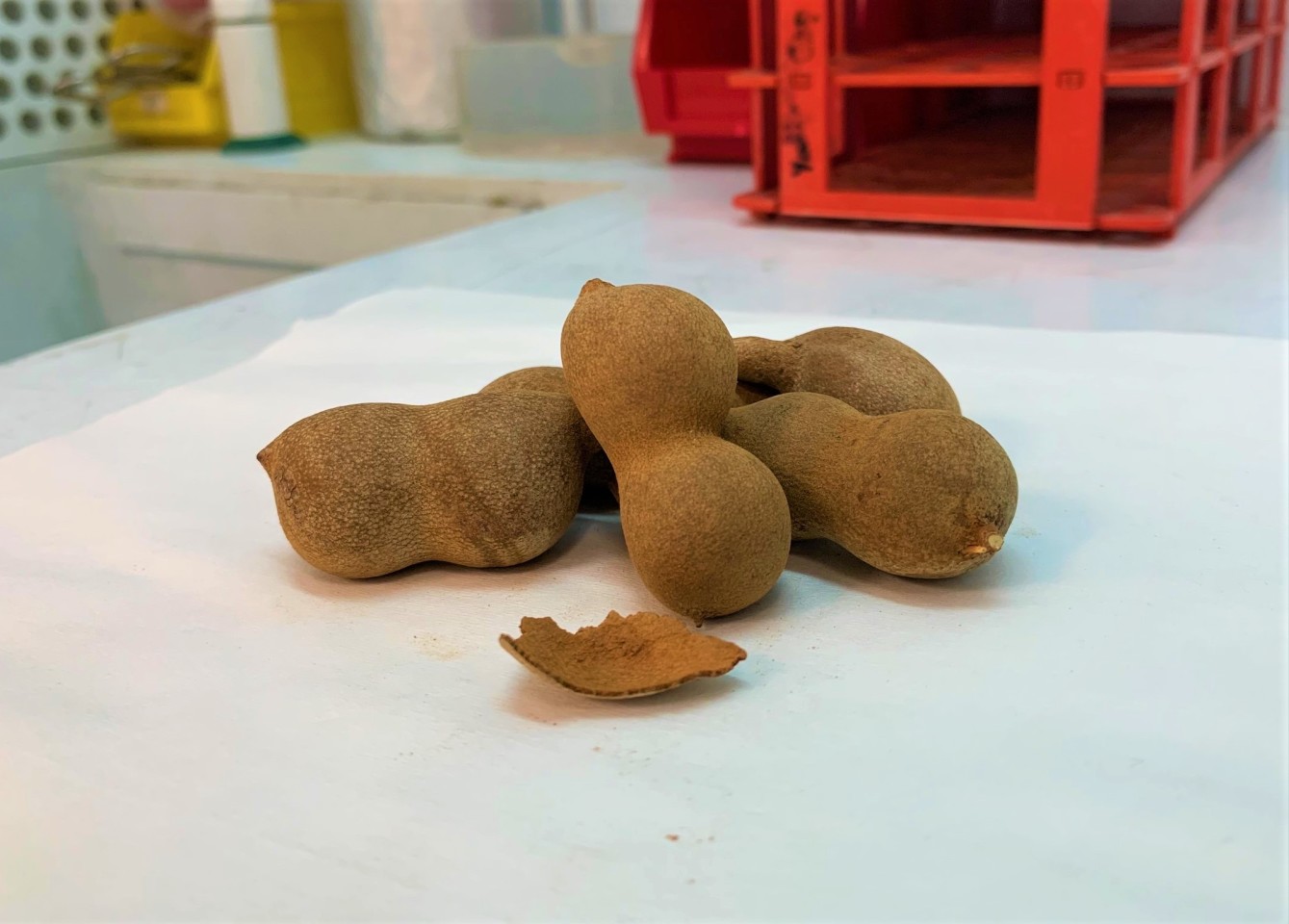Along with their batteries, many electric cars now utilize supercapacitors for tasks such as quickly delivering power while accelerating. Thanks to new research, a key component of such devices could soon be made from waste tamarind shells.
Although not particularly common in places like North America and Europe, tamarind fruit is consumed in great quantities in Asia and other regions. And while the shells of its pods are compostable, they’re most often just dumped in landfills.
Seeking a high-value use for the shells, an international team of scientists set about utilizing them as the source material for carbon nanosheets, which store the electrical charge within supercapacitors. The project was led by Singapore’s Nanyang Technological University, and also involved researchers from India’s Alagappa University and the Western Norway University of Applied Sciences.

Nanyang Technological University
The scientists started by washing tamarind shells that were obtained as waste from the food industry, after which the shells were dried at a temperature of 100 ºC (212 ºF) for about six hours. Next, the washed and dried shells were ground into a powder that was baked in a furnace at 700 to 900 ºC (1,292 to 1,652 ºF) for 150 minutes, in the absence of oxygen.
Doing so converted the powder into carbon nanosheets, which are ultra-thin layers of carbon. The tamarind shells were particularly well-suited to the task, as they are both rich in carbon and porous in structure – that porosity increases the surface area of the carbon in the nanosheets, allowing it to store more electricity.
Additionally, the tamarind carbon nanosheets exhibited good electrical conductivity and thermal stability. What’s more, the production process was less energy-intensive than the procedure required for making nanosheets out of commonly used hemp fibers. In that process, the fibers initially have to heated at over 180 ºC (356 ºF) for 24 hours, after which they’re baked in a furnace like the tamarind pods.
That said, the researchers are now trying to reduce the energy requirements of their technique, along with investigating other ways of making it more eco-friendly. They’re also hoping to scale the technology up for commercial-level production of the carbon nanosheets.
A paper on the study, which is being led by Nanyang’s Asst. Prof. (Steve) Cuong Dang, was recently published in the journal Chemosphere.
Source: Nanyang Technological University
Source of Article